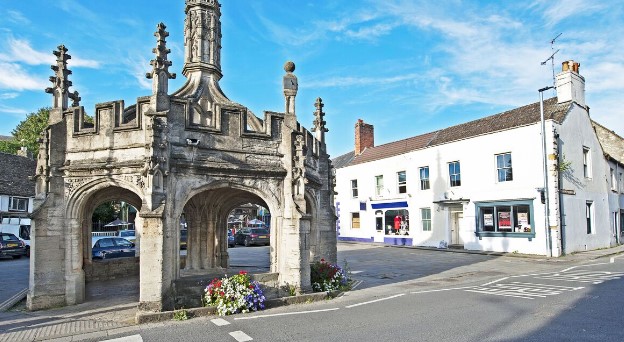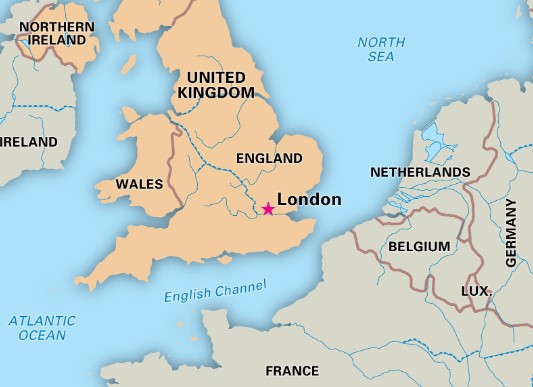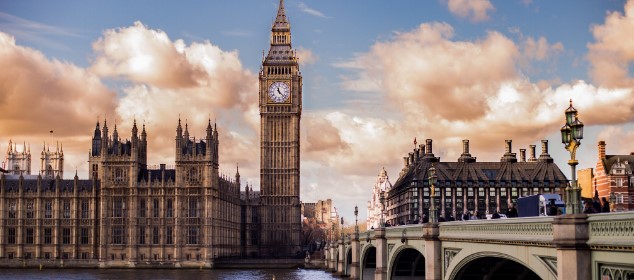
England Before London.
When we consider the capital of Britain today, the psyche immediately invokes pictures of London: its famous tourist spots, clamoring roads, and hundreds of years of history. Nonetheless, before London turned into the undisputed capital.
The development of the Capital of Britain is an intriguing story of force, topography, and verifiable occasions that formed the country we know today.
We’ll investigate their importance, why they were picked, and the way that London in the long run rose to its unmistakable position. We should plunge into the historical backdrop of Britain’s moving capital urban communities.
What Was the Capital of Britain Before London?
Before London turned into the core of Britain’s legislative issues and government, a few different urban communities held the title of Capital of Britain. The job of the capital is still up in the air by different factors like geological area, political impact, and military significance.
The Main Capital of Britain: Winchester
The primary perceived capital of Britain was Winchester, situated in Hampshire in the south of Britain. Winchester turned into the capital after the unification of the Somewhat English Saxon realms in the ninth hundred years, particularly under Lord Alfred the Incomparable.
Why Was Winchester the Capital of Britain?
- Vital Area: Winchester’s area made it an optimal political and military focus. It was close to the coast, making it available for exchange and protection, and halfway situated for both southern and northern districts of Britain.
- Regal Home: As the seat of the Somewhat English Saxon lords, Winchester housed the illustrious court. It was where Alfred the Incomparable held court and settled on numerous significant choices, molding the eventual fate of Britain. England Before London.
- Strict Importance: Winchester likewise had extraordinary strict significance, lodging the church building that filled in as a vital community for Christianity in Britain.
Winchester stayed the Capital of Britain for a long time yet progressively lost its status as different urban communities rose in unmistakable quality.
For more about Winchester’s set of experiences, look at Visit Winchester.

The Rise of London: Why It Became the Capital of England
London didn’t promptly arise as the Capital of Britain; as a matter of fact, it required a few centuries for the city to guarantee this position. However, over the long haul, London’s importance expanded because of a mix of topography, financial development, and political choices. England Before London.
Key Motivations Behind Why London Turned into the Capital of Britain:
- Roman Impact: London, known as Londinium in Roman times, was initially settled as an exchanging center point and managerial focus.
- Monetary Force to be reckoned with: During the middle age time frame, London developed to turn into the focal point of Britain’s exchange and business. Its area on the Thames made it an optimal area for shippers and dealers from everywhere Europe to carry on with work. This period of prosperity made it more engaging as the nation’s capital. England Before London.
- Political Centralization: By the late Medieval times, as the government turned out to be more concentrated under the Tudors and later the Stuarts, London turned into the focal point of political power. The improvement of the Castle of Westminster as a seat of government went with it the normal decision for the capital.
Accordingly, for more than a few centuries, London’s strength developed, and it turned into the long-lasting Capital of Britain. England Before London.
For more on London’s rich history, explore Visit London.
The Northern Stronghold and Former Capital
York, a memorable city in the north of Britain, likewise filled in as a vital political and social focus in the early middle age period.
York was a most loved city for a few Old English Saxon lords, and after the Viking attacks, it was viewed as a capital in the north of Britain.
Why Was York Significant as a Capital of Britain?
- Viking Impact: During the Viking Age, York turned into a significant Viking settlement known as Jorvik. It was the capital of the Realm of York and later turned into an imperative political and social center point for the two Saxons and Vikings. England Before London.
- Vital Area: York was decisively situated at the intersection of a few significant streets, including the old Roman street to Hadrian’s Wall. This made it a fundamental military and exchange focus during the early Medieval times.
- Emblematic Significance: York was often the city to which English rulers were delegated in the north, further emphasizing its job as a capital and regal focus.
For more on York’s job in English history, visit Yorkshire’s Official Tourism Website.
The Role of Oxford and Cambridge in the History of the Capital of England
Albeit neither Oxford nor Cambridge formally filled in as the Capital of Britain, the two urban communities have had a critical impact in the nation’s scholarly and political history.
Why Oxford and Cambridge Were Imperative to Britain’s Initial Legislative Issues:
- Oxford: Oxford turned into a significant seat of learning and culture, lodging quite possibly of the most established college on the planet. Its impact developed, particularly during the middle age time frame, with the college assuming a focal part in the scholarly existence of Britain.
- While it never filled in as the political capital, its significance in the molding of Britain’s tip-top made it a vital participant in the nation’s set of experiences. England Before London.
- Cambridge: Cambridge, similar to Oxford, turned into one more center of scholarly and political life. As Britain’s political power unified in London, Cambridge formed into a significant scholarly focus, creating pioneers and masterminds who might later impact English administration.
Dive more deeply into Oxford’s verifiable job on Oxford University’s Official Website.

Why London Became the Permanent Capital of England
London’s ascent to unmistakable quality as the Capital of Britain was not a solitary occasion, yet rather the consequence of a few factors that collected over hundreds of years.
Key Purposes Behind London’s Status as the Capital of Britain:
Geology: London’s area along the Stream Thames was critical for exchange, transportation, and protection. It permitted the city to prosper as both a tactical fortress and a business center point.
Regal Support: All through the Middle age period, English rulers picked London as their main living place. The development of key regal designs, like Westminster Monastery and the Pinnacle of London, cemented its status as the political focus.
- Financial Development: London’s job as the core of exchange, banking, and trade made it imperative. By the sixteenth hundred years, during the rule of Henry VIII, London had laid down a good foundation for itself as the undisputed focus of Britain’s economy.
- Social Impact: As the home of Britain’s parliament, illustrious family, and a large portion of its significant foundations, London became the political as well as the social capital of the country.
In this way, through a blend of key geology, illustrious blessing, and financial predominance, London became, and stays, the Capital of Britain today.
FAQs About the Capital of England Before London
Q1: Was Winchester always the capital of England?
A: Winchester filled in as the capital for quite a long time during the Old English Saxon time frame, especially under Lord Alfred the Incomparable.
Q2: Did York at any point challenge London for the title of Capital of Britain?
Some time York was a significant political and social focus, especially during the Viking Age, it never genuinely outperformed London in power and impact. York stayed a significant provincial capital in the north yet was obscured by London’s development.
Q3: When did London authoritatively turn into the Capital of Britain?
A: London bit by bit turned into the capital of Britain in the twelfth and thirteenth hundreds of years, especially after the Norman Success in 1066, when William the Vanquisher laid out the Pinnacle of London and brought together power there.
Q4: What are a portion of the verifiable milestones in London connected with its job as the Capital of Britain?
A: Important milestones in London connected with its political history incorporate the Pinnacle of London, Westminster Nunnery, the Royal Residence of Westminster, and Buckingham Castle.
Conclusion: The Enduring Legacy of the Capital of England
To investigate more about Britain’s rich history, including its moving capitals, visit Tour Touk for more travel guides and verifiable bits of knowledge.
